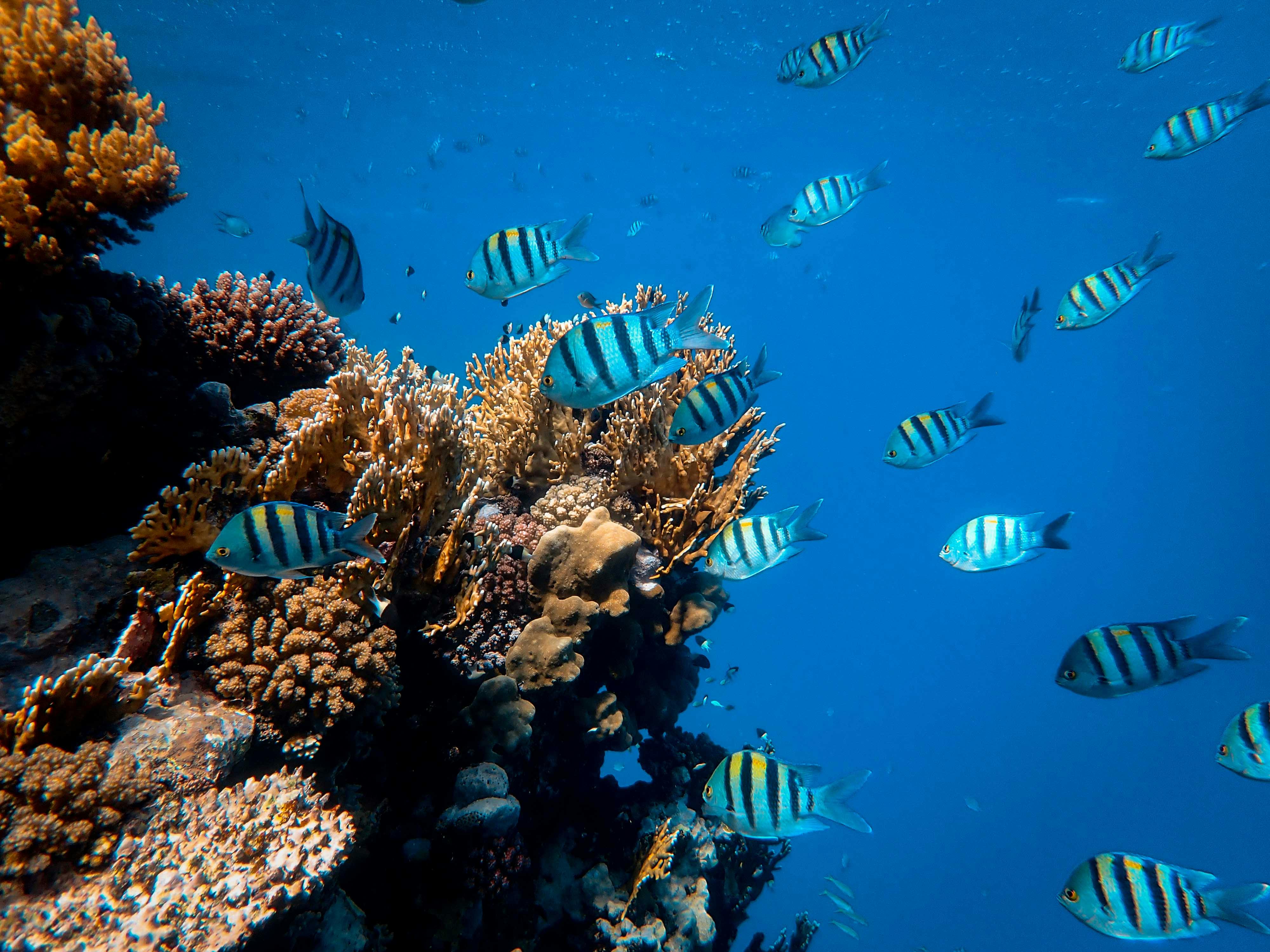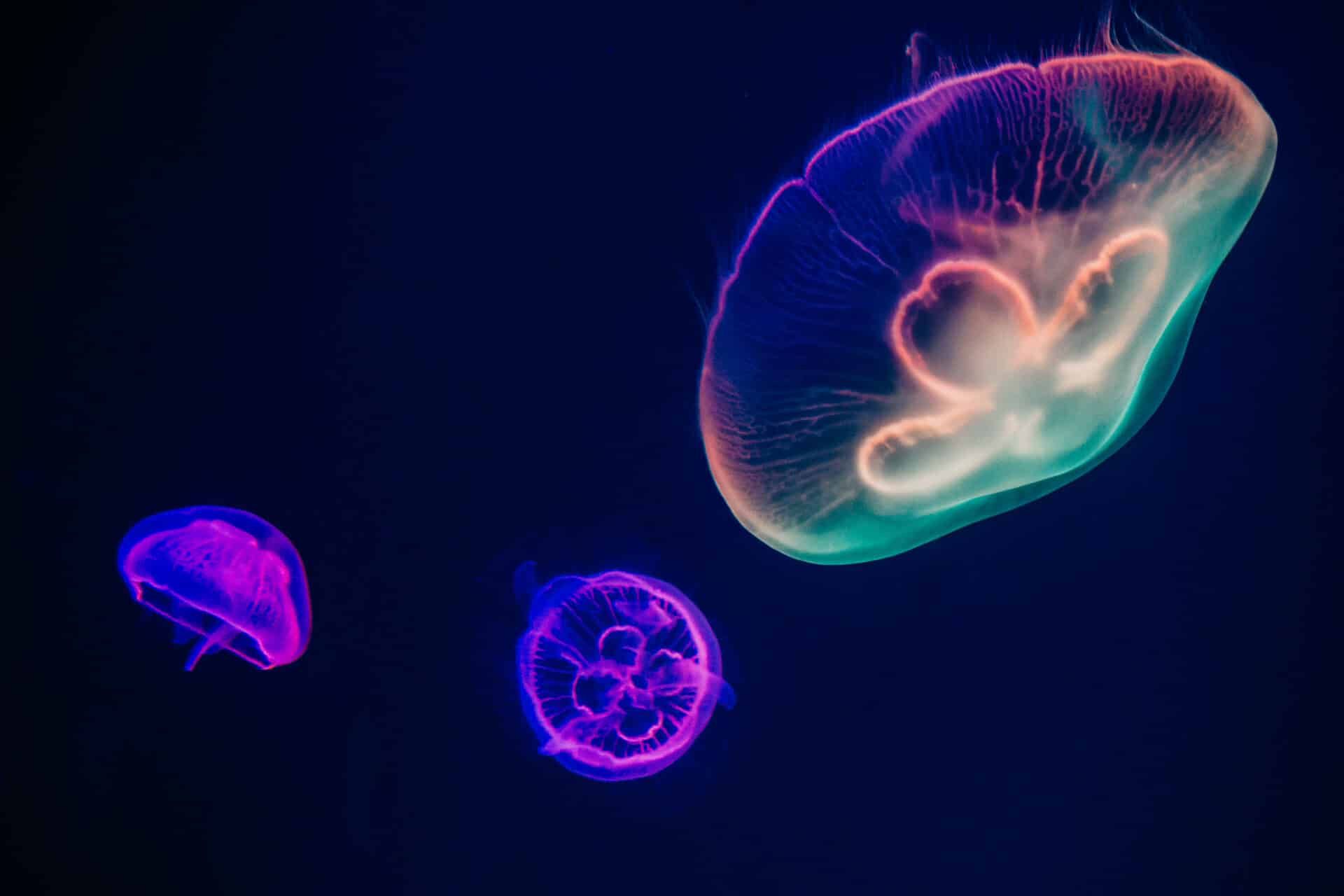Using distilled water for an aquarium is becoming increasingly popular among fish-keepers, as it is a great way to ensure that their fish are getting the cleanest, most pure water possible. Distilled water is free of contaminants and other minerals, making it a great choice for an aquarium. It can also be used to maintain the correct levels of pH, hardness and alkalinity in the aquarium. In this article, we will discuss the pros and cons of using distilled water in an aquarium and provide some tips on how to safely use it.Distilled water is water that has been boiled and condensed back into liquid form. This process removes impurities, including minerals, salts and other contaminants that are found in regular tap water. The end result is an exceptionally pure form of water that can be used for drinking, cooking and other applications.
Advantages of Using Distilled Water For Aquariums
Using distilled water in aquariums can provide many advantages. One of the main advantages is that it is free from impurities and contaminants, such as chlorine, heavy metals, and other toxins that can harm aquatic life. Distilled water also helps to maintain a stable pH level in the aquarium, as it does not contain any alkaline or acidic compounds. This will help to ensure that the fish and other aquatic animals have the proper environment for healthy growth and development. Additionally, distilled water helps to reduce algae growth in the tank since it does not contain any organic material for them to feed on.
Disadvantages of Using Distilled Water for Aquariums
The main disadvantage of using distilled water in an aquarium is that it does not contain any mineral content which can be beneficial for the fish and other aquatic animals. Minerals such as calcium, magnesium, and potassium are essential for a healthy aquatic environment and their absence in distilled water can cause deficiencies in fish over time. Additionally, distilled water may be slightly acidic which can lead to corrosion of metal components in the tank over time. Finally, it may also be difficult to find pure distilled water at a reasonable price since most stores only sell large quantities at a premium price.
How to Make Distilled Water At Home
Distilled water is a form of purified water that has had all of its impurities removed through the process of distillation. The process involves boiling the water and then condensing the steam back into a liquid, leaving behind any impurities. Distilled water has many uses, including for drinking, cooking, and in some medical treatments. Making distilled water at home can be done with a few simple materials you likely have lying around your house. Here’s how to do it:
Start by gathering your materials. You will need a heat source, such as a stove or hot plate; two pots that fit snugly together; enough ice to fill one pot; and some cheesecloth or other fine mesh material to cover the top pot.
Fill the bottom pot with tap water and bring it to a boil. Place the second pot on top of it, making sure that it fits snugly so that no steam can escape. Cover the top pot with cheesecloth or other mesh material and fill it with ice. This will cause the steam from the boiling water below to condense back into liquid form on top of the ice in the upper pot.
As this happens, any impurities in the tap water will be left behind in the bottom pot due to their higher boiling point than that of pure H2O molecules. After about 10-15 minutes, all of the steam should have condensed into liquid form in the upper pot. This is now your distilled water! Let it cool to room temperature before consuming or using for other purposes.
And there you have it! Making distilled water at home is an easy process that requires just a few items you may already have lying around your house. Now you can enjoy pure and clean drinking water whenever you need it!
Using Distilled Water for Aquariums
Distilled water is a great choice for aquariums because it does not contain any minerals, salts, or chemicals. This helps keep the pH and alkalinity levels more stable, preventing unwanted algae growth and other water-related issues. It also helps to reduce the risk of introducing harmful toxins into the aquarium. It is important to use distilled water for regular water changes as it keeps the environment stable and healthy for your fish and other aquatic life.
When using distilled water in an aquarium, it is important to remember that it will not contain trace elements or minerals that are necessary for plant growth or fish health. Therefore, it is advised to use a dechlorinating product such as Prime® or AquaSafe® when adding new water to your aquarium. These products will restore necessary trace elements and minerals that may be missing from the distilled water.
It is also important to consider the source of your distilled water when using it in an aquarium. Many grocery stores sell distilled water but they often contain additives such as sodium or potassium which can be harmful to your fish and other aquatic life. It is best to buy distilled water from a reputable supplier that specializes in providing pure, chemical-free distilled water for aquariums.
When adding new distilled water to your aquarium, it is important to slowly acclimate the new water with the existing tank environment. This can be done by gradually adding small amounts of the new water over several hours and allowing time for fish and other aquatic life to adjust before completely refilling the tank with new water.
Using distilled water in an aquarium can help create a healthy environment for your fish and other aquatic life by keeping pH levels stable, reducing toxins, and providing trace elements that are necessary for their health and growth. Just remember to source your distilled water from a reputable supplier, add dechlorinator when needed, and acclimate slowly when changing out old tankwater with new.
The Benefits of Using Distilled Water For Aquariums
Distilled water is an excellent choice for those looking to keep their aquariums and fish tanks clean and healthy. Distilled water has numerous benefits over tap or filtered water for use in aquariums, including its lack of contaminants such as chlorine, nitrate, and phosphate. In addition, distilled water is free from bacteria and other microorganisms which may be harmful to fish.
Distilled water also helps maintain a stable pH level in aquariums. This is important as many aquarium species require specific pH levels for optimal health. By using distilled water in your aquarium, you can ensure that the pH stays within the desired range. Furthermore, distilled water does not contain any minerals or contaminants which may affect the growth of plants or fish.
One of the main benefits of using distilled water in aquariums is that it helps reduce algae growth. Algae can be a major problem in fish tanks if left unchecked, so by using distilled water you can help keep it under control. Additionally, because distilled water contains no minerals or contaminants, it will not interfere with chemical additions such as medications used to treat diseases in fish or plants.
Using distilled water also makes maintenance easier as it does not need to be changed as often as regular tap or filtered water does. This means that you will not have to clean the tank as frequently and can make sure that your fish are healthy with fewer hassle and less work overall.
Overall, using distilled water for your aquarium has many advantages over regular tap or filtered water. It is free from contaminants and bacteria which could harm your fish while also helping to maintain a stable pH level and reducing algae growth. Additionally, maintenance becomes easier with less frequent changes needed compared to regular tap or filtered water making it an ideal choice for keeping your aquarium clean and healthy.

What Kind of Aquariums Can Use Distilled Water?
Distilled water is a type of purified water that has had most of its impurities removed. Many aquariums can benefit from the use of distilled water, and it can be used in a variety of different types of aquariums. Freshwater aquariums are the most common type of aquariums that can use distilled water. This is because the lack of minerals and other impurities present in distilled water helps create a stable environment for fish, plants, and other tank inhabitants.
Saltwater aquariums can also benefit from the use of distilled water. The lack of impurities in distilled water helps create an ideal environment for some fish and invertebrates, as well as corals and other saltwater tank inhabitants. It is important to note, however, that many saltwater tanks require additional minerals to be added to the water, so using distilled water alone may not be enough to maintain healthy tank conditions.
Reptile tanks are also suitable for using distilled water. Again, the lack of impurities in distilled water helps create a stable environment that is ideal for many species of reptiles, such as turtles and tortoises. Additionally, some amphibians may also benefit from the use of distilled water in their tanks.
Finally, some ponds may also be able to use distilled water. While ponds typically require higher concentrations of minerals than other types of aquariums, the lack of impurities helps promote healthy aquatic life in these systems as well.
In conclusion, many different types of aquariums can benefit from using distilled water due to its lack of impurities. Freshwater aquariums are the most common type since they require less minerals than saltwater or reptile tanks; however, these latter two types can also make good use out of it as well as some pond systems depending on their specific needs.
Is It Safe to Use Distilled Water For Fish Tanks?
Using distilled water for your fish tank is generally considered safe. Distilled water is free from minerals and other chemicals, making it a great choice for aquariums. It is important to note that distilled water does not contain any beneficial minerals or trace elements that can be beneficial to your fish. Additionally, distilled water does not contain the beneficial bacteria that can help with filtration and keep the tank clean.
It is essential to maintain the proper pH balance in an aquarium. Distilled water has a neutral pH, meaning it’s neither acidic nor alkaline. This makes it a great choice for tanks that require a neutral pH level. However, if you are using a tank with plants or corals, you may need to adjust the pH level in order to accommodate them.
If you choose to use distilled water in your fish tank, it’s important to monitor the levels of nitrates and ammonia in the tank as well as perform regular water changes. As there are no minerals or trace elements present in the distilled water, these levels can increase quickly and can be harmful to your fish if left unchecked. Additionally, regular water changes are necessary as they help keep the tank clean and free of toxins and contaminants.
In conclusion, using distilled water for your fish tank is safe but should be used with caution. Monitor your tank regularly and perform regular water changes in order to keep your fish healthy and happy!
Drawbacks of Using Distilled Water In Aquariums
Using distilled water in an aquarium can have several drawbacks. For one, distilled water lacks essential minerals that fish and other aquatic life need to survive. Without these minerals, fish health can suffer and the tank’s ecosystem can become imbalanced. Additionally, distilled water is known to be very acidic and this can lead to pH levels that are too low for most aquariums. This can cause problems for both fish and plants alike.
Another issue with using distilled water is that it does not contain any beneficial bacteria that are found in tap or spring water. These bacteria help to keep the tank clean and balanced by breaking down waste materials, which helps to ensure a healthy environment for the aquatic life in your tank. Furthermore, many marine creatures need trace elements and other beneficial substances that are present in tap or spring water but not in distilled water.
Finally, distilled water has a very low buffering capacity – meaning it is unable to maintain a stable pH level over time – which can be problematic if you are trying to maintain a specific pH level in your aquarium. This is especially true when attempting to keep delicate coral species or other sensitive creatures as they require very precise levels of specific acids and alkalines in order to survive and thrive.

Conclusion
In conclusion, distilled water is a safe and effective option for use in an aquarium. It can be used to top up the water levels, as an emergency supply of water for the tank, or for a partial water change. Distilled water is free from minerals, chemicals and pollutants which can be damaging to fish and plants. However, it must be supplemented with minerals before being added to the aquarium in order to prevent long-term health problems in fish.
Overall, using distilled water in an aquarium is not as difficult as it may seem. With proper preparation and regular maintenance, distilled water can make a great addition to any aquarium setup.


